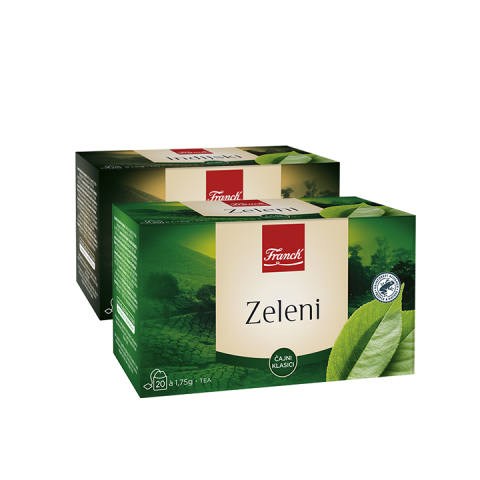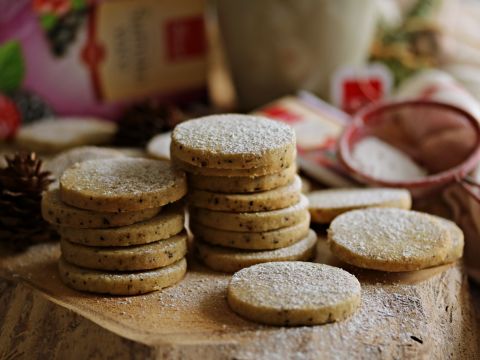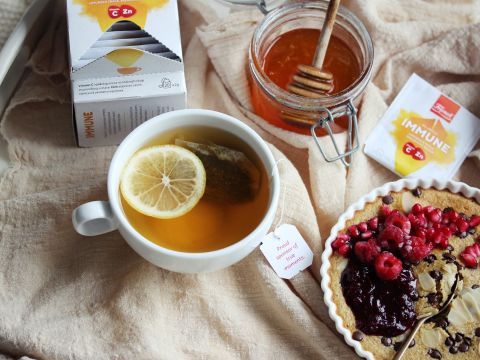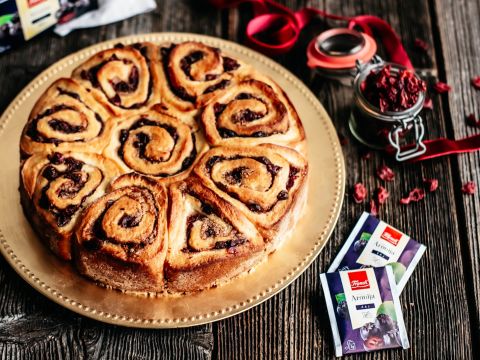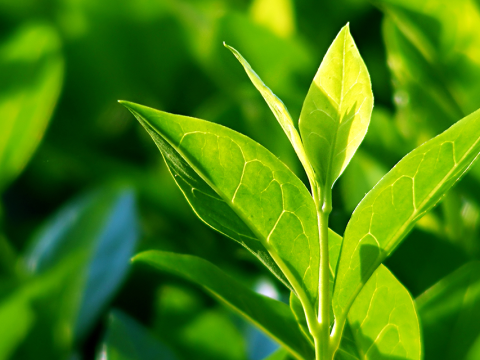Even the best tea will lose its quality unless properly stored. The most important influences on the aroma and flavour of tea, after production, is its freshness. Every tea should be properly kept and used within the recommended time period. The greatest enemy to tea is the oxidation process. Those teas for which the oxidation process was halted during production, or those which are lightly oxidised, will most quickly lose their quality and freshness. These are the green teas, the lightly oxidised (green) oolong teas, yellow teas and some white teas.
Where to store teaTea should always be stored in a dark place, away from sources of heat, moisture or direct sunlight. An unopened package of tea can be kept in the refrigerator to extend its shelf life, though it is very important that it is hermetically sealed to avoid absorbing other scents and to prevent contact with air. Outside the refrigerator, it is best to keep small quantities of tea that you plan to use in the next month or two. Every tea can be kept outside the refrigerator until the listed expiry date, however, it is always necessary to close the package well. The less oxygen in the container holding the tea, the longer the tea will remain fresh.
Which container to useIt is very important to not use a wet spoon when removing tea from the packaging. Always use only dry spoons and containers, as moisture and water will destroy every tea. It is recommended that you avoid using paper or plastic containers. Tea in filter bags should be kept in the original packaging, and should also be kept far from sources of moisture and heat. Those packages in separate foils will keep fresh for longer.
Shelf life of teasEach tea has its own shelf life. One of the shortest is that of Japanese Matcha tea, which should be used within one to two months of opening. Green tea usually has a shelf life of about a year, while black teas can last up to three years. More oxidized teas usually last longer. Dark, fermented teas can be kept for years. The raw types of fermented teas actually become better over time, and it takes years for them to be ready for use. Herbal and fruit teas will typically change colour over time, while for real teas, this is difficult to observe. If tea has lost any of the characteristics it had at the time of purchase, it likely will not be good for consumption.
Aroma and flavour are the best indicatorsAbsolutely every tea should have a clearly pronounced, fresh fragrance upon opening the packaging or the filter bag. Sometimes, dry tea leaves can have a weaker fragrance than after the initial addition of water. These teas should be stored in another container or used as soon as possible, as they have already lost some of their freshness. Every tea should have a fresh and pronounced flavour, regardless of personal preference. Tea that tastes like old paper, moisture or mould, is no longer suitable for use.
